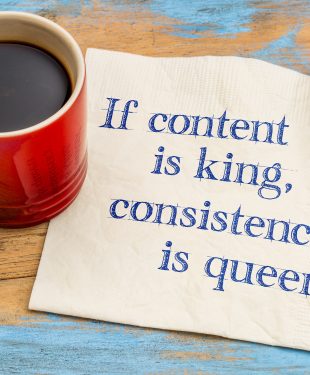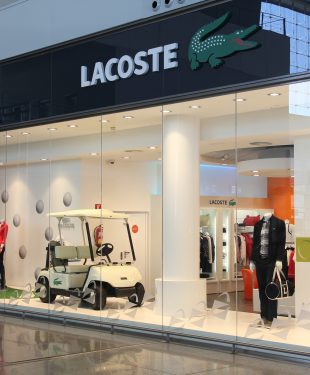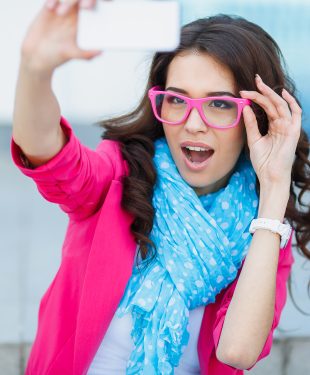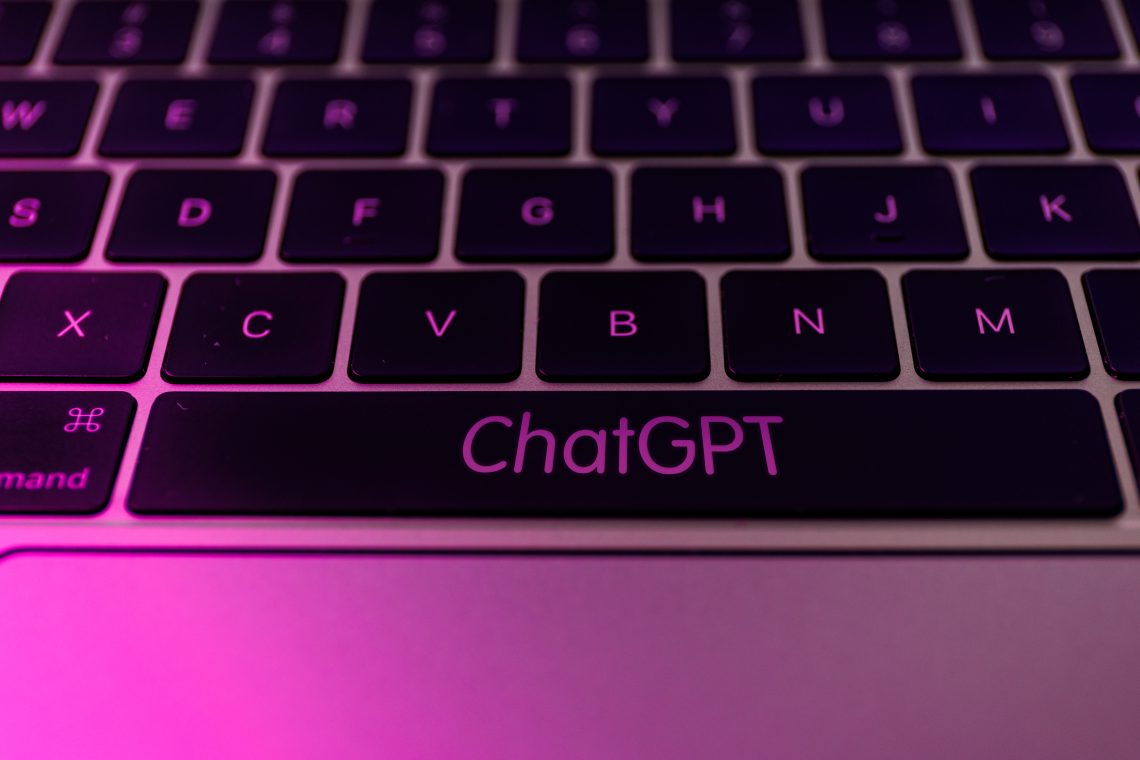In the ever-evolving world of fashion and beauty, brands are constantly seeking innovative ways to create compelling content that captivates their target audience. With rapid advancements in artificial intelligence, chat GPT-4 has emerged as a potential solution for content generation.
However, relying on this technology might not be in the best interest of these industries given its risks and limitations. In this blog post, we’ll explore why fashion and beauty brands should steer clear of using chat GPT-4 for their content marketing needs and discuss alternative strategies that can yield better results while preserving brand identity.
Key Takeaways
- Chat GPT-4 carries significant risks for fashion and beauty brands, such as a lack of control over content, potential inaccuracy in language and tone, and offensive responses.
- Using chatbots can compromise a brand’s identity and unique voice by failing to capture its essence or captivate customers emotionally or intellectually.
- Alternatives to chat GPT-4 include hiring professional content writers, AI-powered content creation platforms with human oversight, influencer/celebrity collaborations, and user-generated content.
- Brands that prioritize authenticity, tailored messaging, trustworthiness while aiming to create compelling customer relationships with their audience should avoid using chat GPT-4 for their marketing needs.
Risks Of Using Chat GPT-4 For Fashion And Beauty Brands
Using Chat GPT-4 as a content marketing tool for beauty and fashion brands can pose risks such as lack of control over the content, potential inaccuracy in tone and language, and even offensive or inappropriate responses.
Lack Of Control Over Content
 One of the significant risks in using Chat GPT-4 for content marketing in beauty and fashion brands is the lack of control over generated content. Artificial intelligence, like GPT-4, has limited capacity to understand context and brand nuances.
One of the significant risks in using Chat GPT-4 for content marketing in beauty and fashion brands is the lack of control over generated content. Artificial intelligence, like GPT-4, has limited capacity to understand context and brand nuances.
As a result, it may produce content that doesn’t align with your brand’s values, messaging or target audience preferences. This lack of control can result in inconsistency throughout your brand’s communications, causing confusion among consumers who might be unsure about what your company stands for or offers.
Furthermore, inconsistencies can hinder trustworthiness and potentially lead to lost sales opportunities as potential customers struggle to connect with your message on a deeper level.
Inaccuracy In Language And Tone
One major drawback of using Chat GPT-4 for fashion and beauty content marketing is the inaccuracy in language and tone. Although AI chatbots are designed to understand natural language, they may still produce responses that lack nuance or empathy.
For example, imagine a customer reaching out to a fashion retailer’s chatbot seeking advice on an outfit for an upcoming event. The chatbot responds by suggesting something completely off-base or using inappropriate language, leaving the customer feeling frustrated and disconnected from the brand.
Potential For Offensive Or Inappropriate Responses
When using Chat GPT-4 for content marketing, there is a potential risk for offensive or inappropriate responses. This is because the language used by AI-powered chatbots comes from unstructured data sources and can sometimes lack empathy in text output.
For instance, if a customer complains about a product on social media and receives an insensitive response from the brand’s artificially intelligent chatbot, it can be perceived as the company not valuing their customer’s opinions.
Therefore, it is best for fashion and beauty brands to avoid using chat GPT-4 for content marketing altogether. Instead of relying solely on machine learning algorithms running on natural language understanding models integrated into these systems to promote products; invest in professional content writers who will capture your brand identity and voice correctly while maintaining accuracy in tone and language with human oversight.
Why Fashion And Beauty Brands Should Avoid Chat GPT-4 For Content Marketing
Chat GPT-4 can compromise a fashion or beauty brand’s identity and unique voice, fail to capture the essence of the brand, and ultimately damage its reputation.
It Compromises Brand Identity And Voice
Using Chat GPT-4 for content marketing can compromise a brand’s identity and voice in several ways. Since the chatbot generates responses based on unstructured data, it may not capture the essence of your brand, resulting in inaccurate language and tone that does not align with your target audience.
For example, if you’re a vegan beauty brand that prioritizes sustainable practices, but the chatbot responds to customer queries using language that hints otherwise, it can lead to confusion among customers about what you stand for as a brand.
It May Not Capture The Brand’s Essence
 Using Chat GPT-4 for content marketing may seem like a quick and efficient way to generate personalized content, but it lacks the ability to capture a brand’s essence. Every fashion and beauty brand has a unique personality that sets them apart from their competitors.
Using Chat GPT-4 for content marketing may seem like a quick and efficient way to generate personalized content, but it lacks the ability to capture a brand’s essence. Every fashion and beauty brand has a unique personality that sets them apart from their competitors.
Chatbots rely on machine learning algorithms to analyze unstructured data and generate text output. While this approach can lead to some level of personalization for customers, it may fall short in capturing a brand’s essence.
Using chatbots can compromise your branding strategy by failing to captivate your audience with creative outputs that resonate with them emotionally or intellectually. Instead of relying solely on AI-generated scripts for generating content, fashion and beauty brands must work towards creating authentic connections with consumers through genuine interactions.
It Can Damage The Brand’s Reputation
Using Chat GPT-4 for content marketing can have a detrimental impact on the reputation of beauty and fashion brands. AI technology has limitations, especially when it comes to creative writing, and chatbots may produce inconsistent or inappropriate responses that don’t align with the brand’s values or target audience.
For example, if an offensive or insensitive message is generated by the Chat GPT-4 system while interacting with a customer, it can lead to severe backlash on various online platforms.
Also, if the users see through automated messages during their interaction with your brand and not feel valued as customers but rather just another number being handled by an unresponsive chat-generating bot. Ultimately this will create mistrust among consumers leading to loss of loyal customers and thereby damaging overall brand reputation.
Alternatives To Chat GPT-4 For Fashion And Beauty Brands
Some alternatives to Chat GPT-4 for fashion and beauty brands include professional content writers, AI-powered content creation platforms with human oversight, influencer and celebrity collaborations, and user-generated content.
Professional Content Writers

Photo by on Pexels
One alternative to using Chat GPT-4 for fashion and beauty brands is to hire professional content writers. These writers have specialized skills in crafting compelling copy that reflects the brand’s tone, voice, and identity.
Professional content writers also possess expertise in navigating unstructured data and turning it into coherent text output. They employ empathy when writing, ensuring that language models accurately capture the intended sentiment of the brand.
Trusted by many online retailers worldwide as a go-to option for growth marketing purposes, hiring experienced writers enables businesses to create polished pieces that reflect their brand values while speaking directly to their consumers’ needs.
AI-powered Content Creation Platforms With Human Oversight
AI-powered content creation platforms with human oversight can provide a cost-effective solution for beauty and fashion brands to produce high-quality content at scale. These platforms use machine learning algorithms that analyze vast amounts of unstructured data to generate personalized content while ensuring brand consistency.
Many leading companies have already adopted this approach, including L’Oréal, which used an AI tool called ModiFace to offer customers virtual makeup try-on experiences online. Sephora also uses AI-powered chatbots on its website and app to improve customer engagement.
Overall, when using an AI-powered platform with human oversight, like any other technology-driven innovation or consumer engagement initiative; knowing what is best suited for your specific needs is essential before implementing it into your broader marketing strategy plan.
Influencer And Celebrity Collaborations
 Collaborating with influencers and celebrities is one way for fashion and beauty brands to create personalized content that resonates with their target audience. Here are some benefits of this approach:
Collaborating with influencers and celebrities is one way for fashion and beauty brands to create personalized content that resonates with their target audience. Here are some benefits of this approach:
– Increased brand visibility: Influencers and celebrities have large followings on social media, which can help expand a brand’s reach.
– Authenticity: Collaborating with an influencer or celebrity who shares the same values as the brand can help create authentic content that connects with the audience.
– Trust building: Audiences tend to trust social media influencers more than traditional advertising, making it easier for brands to build trust and credibility.
– Diversification of content: Working with different influencers and celebrities brings in diverse perspectives, helping brands cater to a wider range of audiences.
– Cost-effective: While some popular influencers may charge high fees, there are many micro-influencers willing to collaborate at a lower cost or in exchange for free products.
Collaborating with influencers and celebrities is just one alternative to chat GPT-4 for creating personalized content that aligns with a brand’s identity. By exploring various options, fashion and beauty brands can strengthen their marketing strategies and engage their audiences effectively.
User-generated Content.
Another alternative to using Chat GPT-4 for your fashion or beauty brand’s content marketing strategy is user-generated content (UGC). UGC refers to content that is created and shared by everyday consumers of your brand, rather than professional writers or influencers.
Why is UGC a great option for brands? For starters, it allows you to engage with your audience in an authentic way while also building trust and loyalty amongst them. Additionally, UGC provides a fresh perspective on your products from real people who use them every day. This creates a sense of community around your brand and fosters deeper connections with your customers.
Take Glossier as an example – they leverage user-generated content brilliantly through their #glossierpink hashtag where customers share images featuring the iconic pink packaging of their products.
Conclusion
In conclusion, while chat GPT-4 may seem like an innovative tool for content creation, it poses significant risks for fashion, lifestyle and beauty brands. It lacks the control needed to maintain brand identity and can produce inaccurate language and inappropriate responses that damage a brand’s reputation. Instead of relying on this technology, brands should invest in professional content writers like Cliche Magazine and other publishers who have on staff writers who are passionate about fashion and beauty. Collaborating with influencers or leveraging user-generated content are also viable options for engaging consumers effectively.Perhaps in the future, we’ll have AI-powered platforms with human oversight to create personalized content that captures their essence.
Read more fashion and tech articles at ClichéMag.com
Images provided by BingAI, Adobe Stock, Flickr, Unsplash, Pexels, Pixabay & Creative Commons



